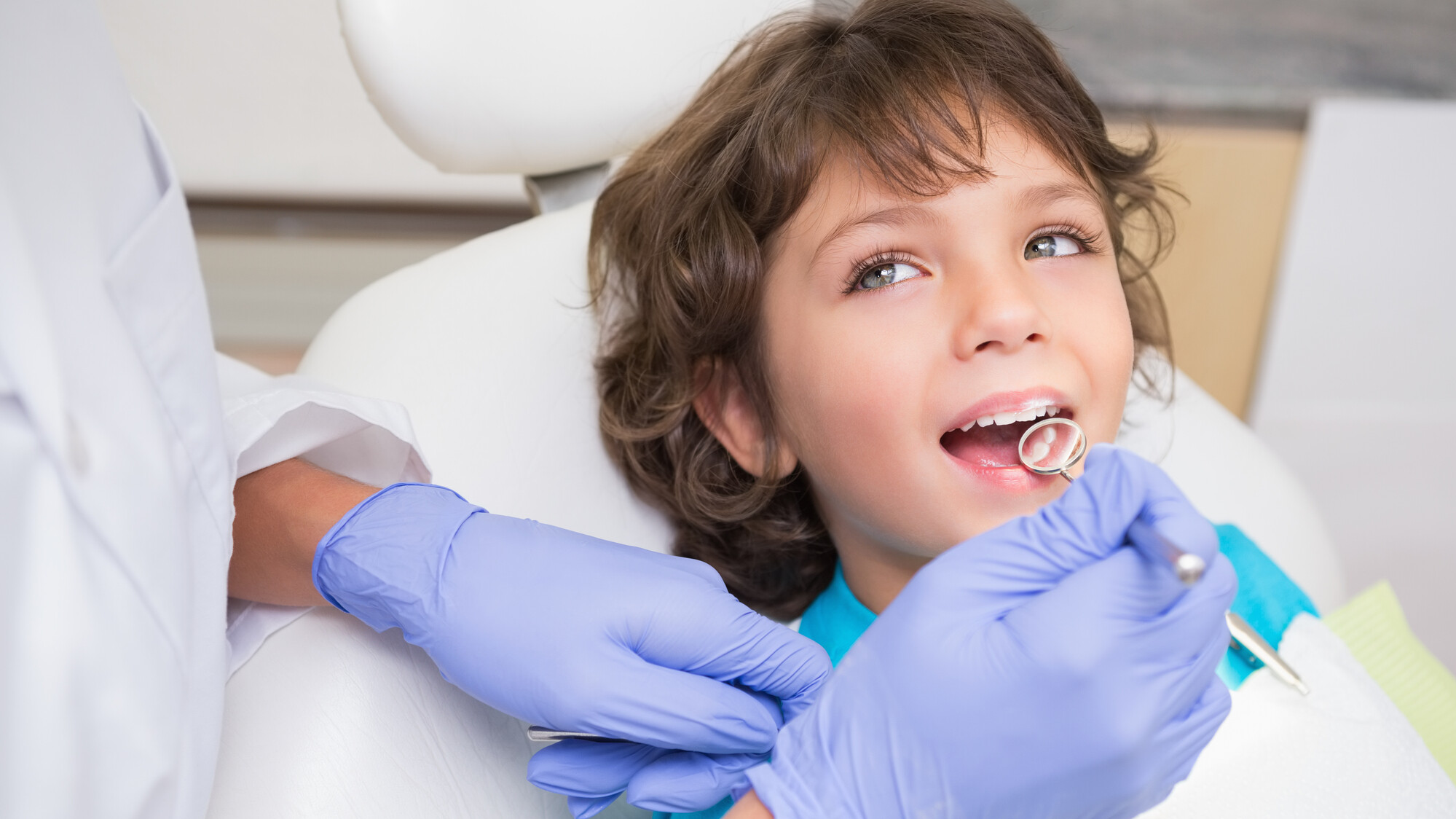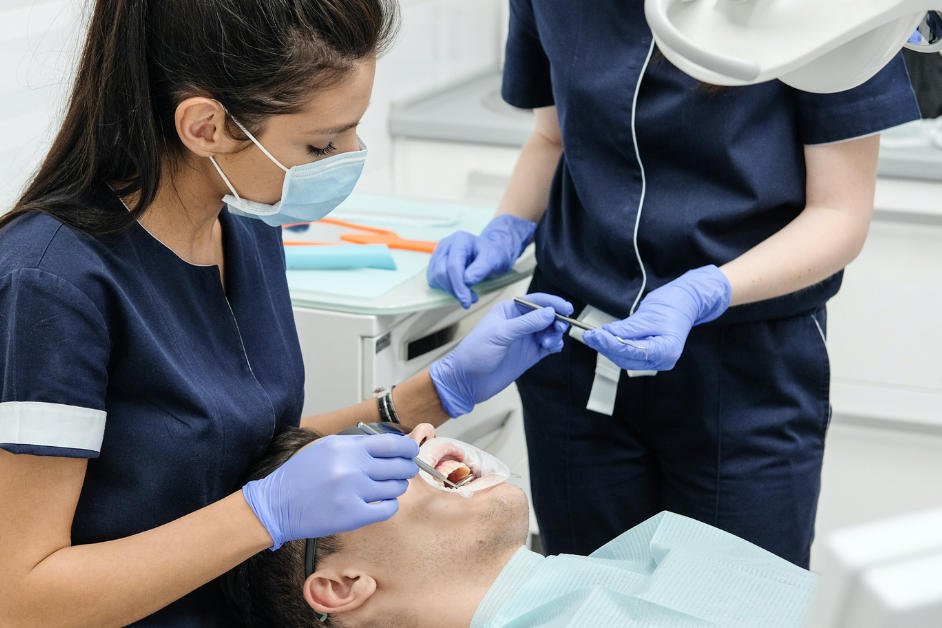Children’s teeth are essential to their development along with the use of pediatric dental care. Taking care of them at an early age can have lifelong benefits for their oral health and overall wellbeing.
Pediatric dentists have specialized training and experience to examine, treat, and prevent dental problems in kids from infancy through adolescence. They also have the expertise to work with special needs children and provide calming sedation dentistry when needed.
1. Dental Sealants
Dental Sealants are a simple, effective way to prevent cavities in kids’ back teeth (molars). The majority of children develop cavities in these permanent molars.
They are especially prone to tooth decay because the molars have deep grooves where bacteria and food particles can linger. Brushing and flossing can’t get to these areas, so dental sealants protect them from bacteria and sugars.
To apply sealants, a dentist or hygienist will first thoroughly clean your child’s teeth. Next, they will paint a thin coat of a special liquid sealant material on the chewing surfaces of your child’s molars. The sealant material is cured by shining a curing light, which bonds it to your child’s teeth.
Most children should have their dental sealants applied shortly after their first molars erupt, which is about six years old. It’s also a good idea to have them have their second molars sealed about a year before they turn 13.
2. Fillings
Fillings are the most common restorations with pediatric dental care to repair cavities in children’s teeth. They’re a safe and affordable way to keep decay at bay until the permanent teeth grow in.
They’re also a great way to save kids from discomfort and potential more serious dental issues in the future. Decayed areas of a tooth should be repaired as soon as possible to prevent further damage and pain in the future.
Luckily, many of the older, silvery dental fillings are now replaced with tooth-colored ones called composite resins. These are strong and safe and are crafted from non-toxic materials that closely mimic the appearance of the natural tooth.
Unlike the old-fashioned metal fillings, composite resins are virtually invisible to other people. They also tend to last longer, so they’re more cost-effective.
3. Crowns
When kids have decayed teeth that cannot be treated with fillings, dentists will often recommend crowns. These tooth-shaped caps encircle the damaged tooth completely and are made from different materials, including ceramic or stainless steel.
A stainless steel crown is usually used on a child’s rear teeth that aren’t visible to the naked eye. However, white crowns are often recommended to improve the look of visible teeth.
Pediatric dental care can help kids maintain healthy smiles for their future and reduce the likelihood of serious health issues like heart disease or diabetes. Brushing and flossing daily, visiting the dentist regularly for preventative visits, and getting regular fluoride treatments are some of the best things kids can do to protect their oral health and set them up for a lifetime of good dental care.
When a baby tooth is decayed to the point that a filling won’t work, a crown is an ideal solution for saving the tooth and maintaining the space for the adult teeth to erupt. This will help your child have a beautiful smile for years to come and avoid the need for extractions later in life.
4. Extractions
Extractions are a necessary part of pediatric dental care for a number of reasons. They are often required to treat severe tooth decay, impacted wisdom teeth, and for preparation for orthodontic treatment.
Untreated tooth decay in primary teeth leads to more serious oral health conditions and illnesses, like gum disease and PD. Tooth extractions can help prevent the development of these and other oral health issues.
For more information about our pediatric dental care services, be sure to give us a call at 203-527-3855 or visit the rest of our website today.



